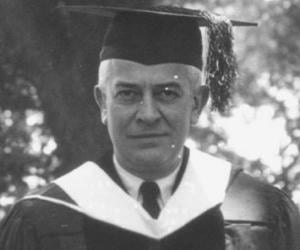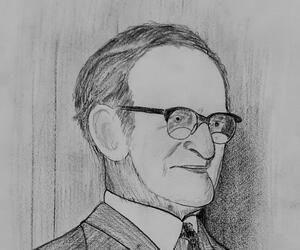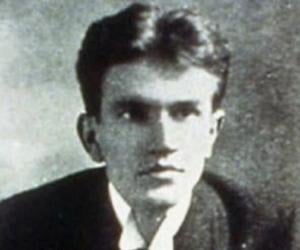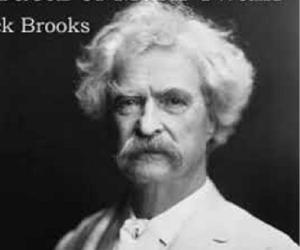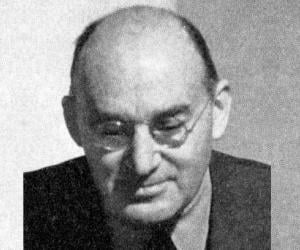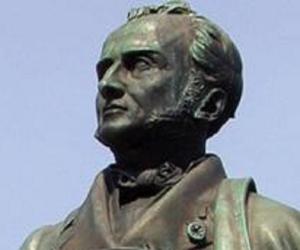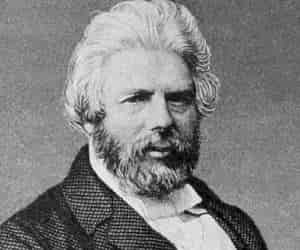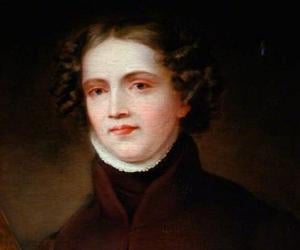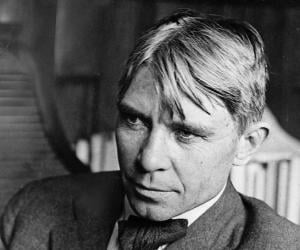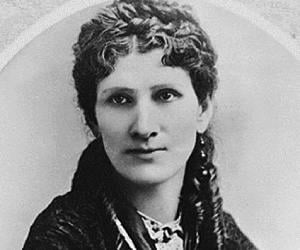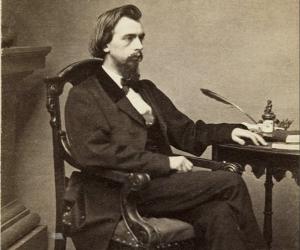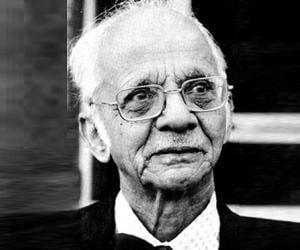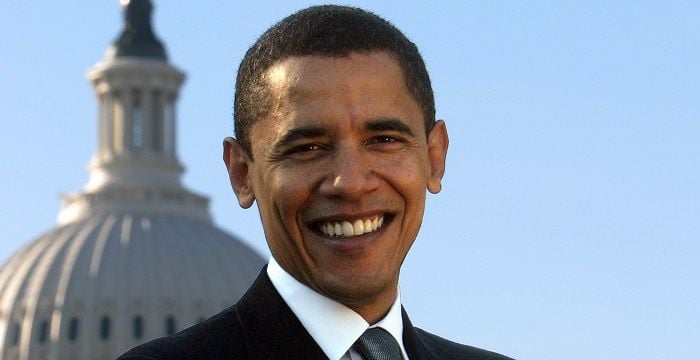Apart from being a traveler and a mountaineer, Anne Lister was also known as the world’s "first modern lesbian". Nicknamed Gentleman Jack for her androgynous fashion, which almost always included the color black, she penned diaries that contained many secret codes that were deciphered much after her death.
Carl Sandburg had begun working since age 11 and been employed in various odd jobs, such as a truck driver, a harvester, and a brickyard hand, before being part of the Illinois Infantry. The two-time Pulitzer-winning poet and biographer late also won a Grammy for his recording of Lincoln Portrait.
Indian-born British author Anna Leonowens is best remembered for her memoir The English Governess at the Siamese Court, which related her experience as a governess of the children of King Mongkut of Siam. The musical The King and I and the novel Anna and the King of Siam were inspired by her life.
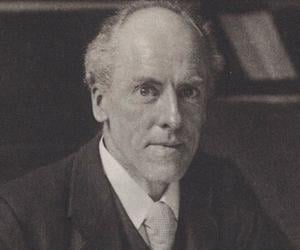
One of the greatest statisticians of all time, Karl Pearson established the first university-level statistics department at UCL and also launched the statistics-oriented journal Biometrika. He was also well-versed in law and believed in eugenics. His The Grammar of Science later inspired Albert Einstein and other scientists.

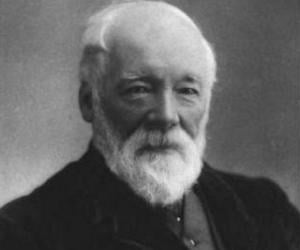
Though a qualified doctor, Samuel Smiles later never practiced and switched to journalism instead, working for Leeds Times. His best-known work remains Self-Help, a motivational self-improvement guide for the youth, which denounced materialism and advocated thrift. His other significant work was the 5-volume Lives of the Engineers.
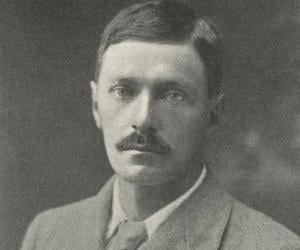
Chiefly known as a novelist, biographer, and memoirist, Edward Frederic Benson began his career with the British School of Archaeology in Athens, publishing his first successful novel, Dodo: A Detail of the Day, during this period. Its popularity encouraged him to continue publishing, the most significant works among them being Mapp and Lucia series, and the biography of Queen Victoria.
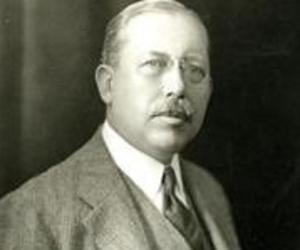
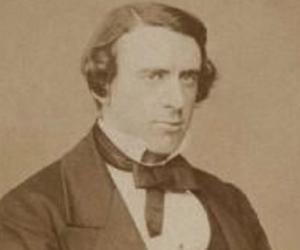
Sir Leslie Stephen was an English historian, biographer, author, critic, and mountaineer. Leslie Stephen also took an active part in the organized humanist movement, serving as the president of the West London Ethical Society on multiple occasions. He was the father of famous author, Virginia Woolf, and painter, Vanessa Bell.
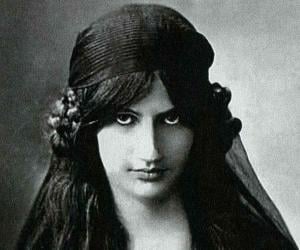
Jeanne Modigliani was an Italian-French Jewish art historian. She was the daughter of artists Amedeo Modigliani and Jeanne Hébuterne. She lost both her parents as a small child and was adopted by her aunt. She conducted extensive biographical research on her father years after his death and published the book Modigliani: Man and Myth.
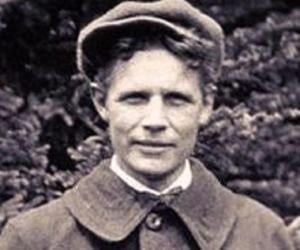
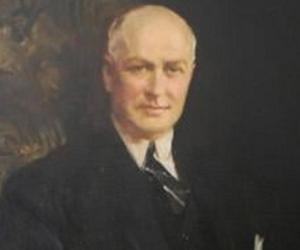
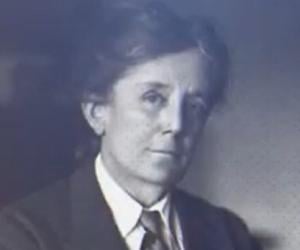
Ethel Smyth was an English composer whose compositions include songs, chamber music, works for piano, orchestral works, operas, and choral works. She was the first female composer to be granted a damehood. Ethel Smyth was also involved in the women's suffrage movement and is credited with composing The March of the Women, which became the anthem of the movement.
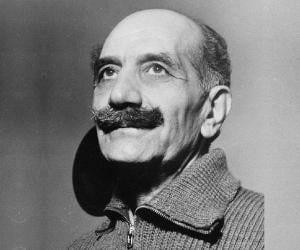
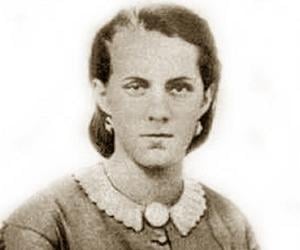
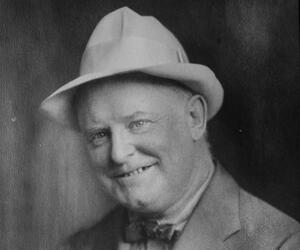
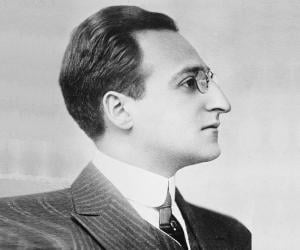

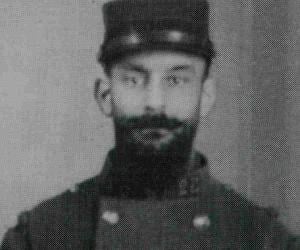
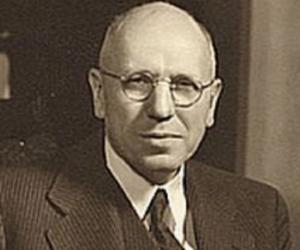

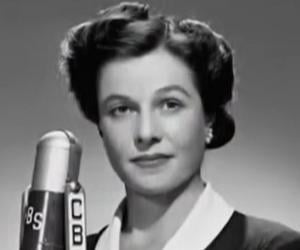
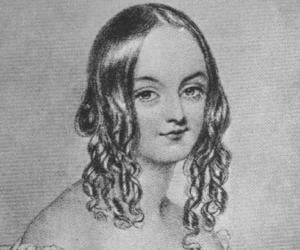
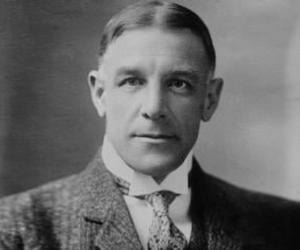
In spite of being the editor of the Ladies' Home Journal for 3 decades, Dutch-born American editor Edward Bok was strongly anti-women’s rights and believed women’s liberation and education would lead to higher divorce rates. His memoir, The Americanization of Edward Bok, won him a Pulitzer Prize.

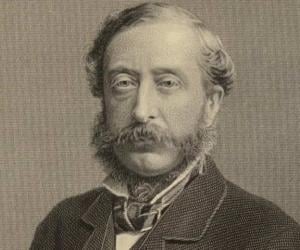
James Anthony Froude was an English novelist, biographer, and historian. He also contributed as an editor for Fraser's Magazine for Town and Country. Froude was often counted among the best-known historians of his time. A controversial personality, Froude's writings were often polemical which earned him many outspoken opponents.
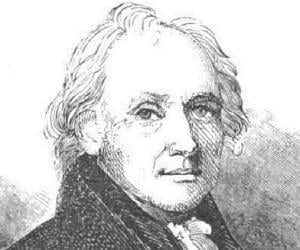
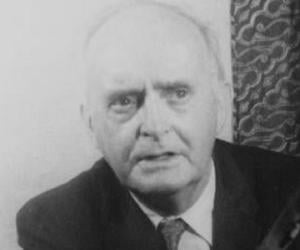
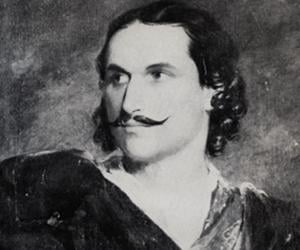
Edward John Trelawny was a British biographer, novelist and adventurer. He is famous for his friendship with Percy Bysshe Shelley and Lord Byron. Handsome and dashing, he joined the Royal Navy at the age of thirteen, later writing about his experiences in Adventures of a Younger Son. His other well-known work is Recollections of the Last Days of Shelley and Byron.
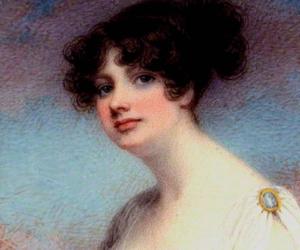
Mary Anne Clarke was Prince Frederick's mistress. Her memoirs, which documented her relationship with Prince Frederick, were published in 1809. Her life and career inspired the famous novel Mary Anne which was written by her great-great granddaughter Daphne du Maurier.
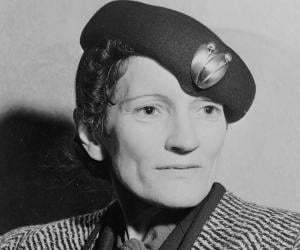
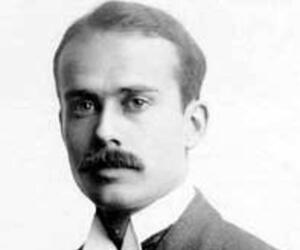
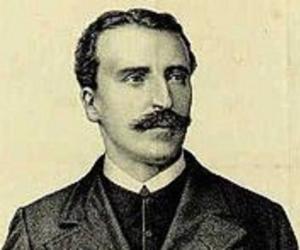
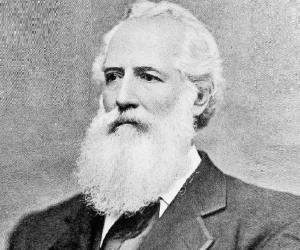
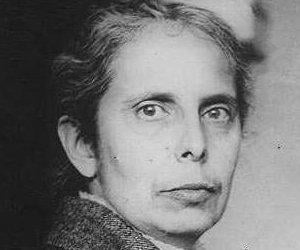
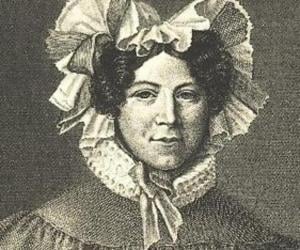

The eldest son of Romantic poet Samuel Taylor Coleridge, Hartley Coleridge grew up spending most of his time reading and was closely associated with poets Robert Southey and William Wordworth. Though he gained a fellowship at Oriel, he later lost it due to his alcoholism and his inconsistency.
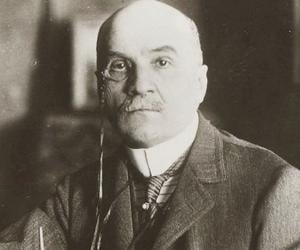
Maurice-Georges Paléologue was a French diplomat and historian. He was also an essayist of great caliber. He played a pivotal role in the French entry into the First World War. At that time, he was the French ambassador to Russia and was in support of the Russian mobilization against Germany. He was also a published author of novels and essays.
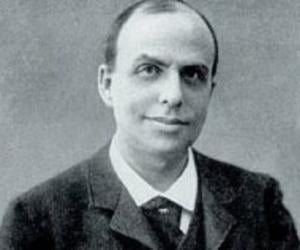
French symbolist author Marcel Schwob is best known for his works such as The King In The Gold Mask and Imaginary Lives. His writings exhibit a strong influence of authors such as Edgar Allan Poe. He was also a qualified journalist and had traveled to places such as Asia and Australia.
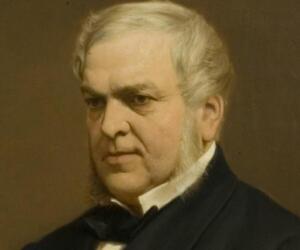
John Forster was an English critic and biographer who contributed to prominent publications like The Examiner, The Morning Chronicle, and The True Sun. He also contributed as an editor for the Foreign Quarterly Review and the Examiner. As he was a close friend of Charles Dickens, Forster's life is often covered extensively in the biographies of Charles Dickens.
